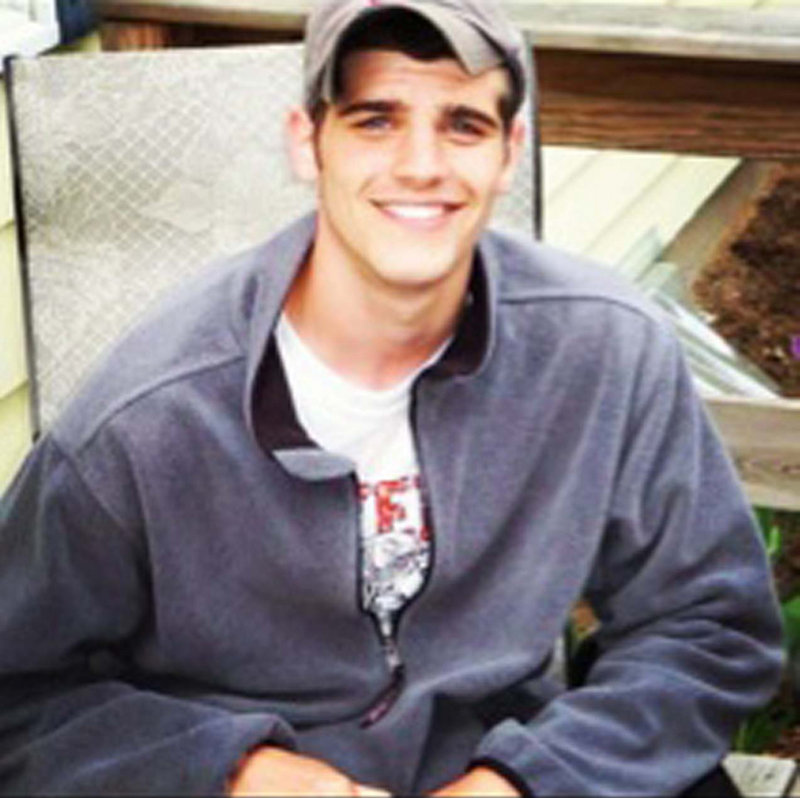The collision between a plane and a pickup truck that killed three men Friday at Knox County Regional Airport has sparked discussion among pilots and aviation experts about safety procedures at small airports.
At the regional airport in Owls Head, there is no tower or air traffic controller to tell pilots when to land or take off. Radio communication between people in aircraft and other vehicles is encouraged, but not required. The only real regulation of airport operations is by the pilots and airport employees themselves.
So, why aren’t there more crashes or close calls at small airports?
“That’s a good question,” said Phil Csoros, a Maine native who is a commercial pilot based in Texas. “As the pilot in command, it’s your responsibility to ensure that the runway is clear before you land or take off. But if any other vehicle is on the runway, they need to stop and look. There is still a lot about this (crash) we don’t know.”
Maine pilots and aviation experts were reluctant to speculate Monday about exactly what happened or who might have been at fault.
What is known is that late Friday afternoon, a Cessna 172 piloted by 24-year-old William “B.J.” Hannigan III of Portland hit a pickup truck on the runway during takeoff. The plane got airborne briefly but crashed into trees near the airport and burst into flames.
Hannigan and his two passengers — David Cheney, 22, of Beverly, Mass., and Marcelo Rugini, 24, of Brazil — were killed.
Hannigan and Cheney were fraternity brothers at the University of Maine along with Rugini, who was an exchange student at the university.
The driver of the truck, Stephen Turner, 62, of Camden, was not injured. Turner is a pilot and an employee of Penobscot Island Air, which is based at Knox County Regional Airport.
The crash was the 16th at the airport in the last 40 years and the fourth fatal crash, according to the National Transportation Safety Board. The deadliest plane crash in state history happened at the airport in 1979, when a passenger plane from Boston went down and 17 people died.
By comparison, Bar Harbor-Trenton Regional Airport, which is similar in size and accommodates both general aviation and commercial flights, has had 11 crashes in the last 40 years, two of them fatal.
The Augusta State Airport, which is slightly larger and busier than Knox County Regional Airport, has had 39 crashes since 1962, four of them fatal.
The NTSB is investigating Friday’s crash, but it will likely be at least six months before its report is released.
Jeff Northgraves, director of Knox County Regional Airport, said it’s not uncommon for vehicles to be on the runway, and Turner had clearance to be there.
People in vehicles on the ground are supposed to communicate with planes and vice versa, but that doesn’t always happen. Turner had a radio in his truck, Northgraves said, but it’s not clear if it was turned on. It’s also not clear if Hannigan’s plane had a radio or if the pilot used it.
The crash occurred around 4:40 p.m., after sunset. Northgraves said the truck did not appear to have what is known as a beacon light, which is usually standard on airport ground vehicles.
Conditions at Knox County Regional Airport are similar to those at almost every other small airport in the country, experts said.
When tragedies happen there is a tendency to blame procedures, Csoros said, but most of the time they work.
“We all drive vehicles, but few of us fly,” he said. “If you are going to operate an aircraft or a vehicle to cross a runway, you have training. Just because it’s not controlled by an air traffic controller doesn’t mean it’s not safe.
“There isn’t a cop at every intersection, but things usually work smoothly,” he said.
David Miramant, who flies a plane for a company in Belfast and owns a glider business, said vehicles cross the runway at the Knox County airport “all day, every day,” without problems the vast majority of the time.
“A couple of years ago, the airport manager talked to all of us who operate regularly out there, and the directive was to always have a radio and to take extra care,” Miramant said. “And that seems to have worked well.”
Other pilots who are familiar with the airport said rules dictate that the plane always has the right of way.
“As a pilot, you’re not thinking about anything but keeping that wheel on the line during takeoff,” said Chuck Kruger, a state representative from nearby Thomaston who used to have a pilot’s license. “Everything else should yield to the plane. I can’t imagine what the truck driver was doing on the runway.”
Lisa Reece, president of the Maine Aeronautics Association and an avid flyer, agreed that no pilot wants to see a vehicle on the runway during takeoff or landing.
“But you know they are around,” she said. “It’s all part of the environment.”
Employees of Penobscot Island Air often cross the runway at Knox County Regional Airport to go between the company’s hangar and the airport’s main building.
Miramant, who has flown into and out of the airport many times, said he can picture how the truck driver may not have seen the plane. When it’s dark, pilots are taught to “key” their radios to activate the airport’s lights. That happened Friday, Northgraves said.
But to someone on the ground, Miramant said, “The lights of the runway could have very easily blended in with the lights of the plane.”
Even before the NTSB issues its report, Northgraves said, Friday’s crash will certainly prompt discussion about whether policies at the airport should change. The airport operates on a protocol approved by the Federal Aviation Administration, but Northgraves said it could adopt more stringent rules.
Csoros said, “One of the most dangerous things (pilots) do is ground operation.”
It’s worse at bigger airports, he said, even with controllers directing traffic.
Reece, of the Maine Aeronautics Association, said it’s always good to ask questions when something like this happens.
“This affects our entire industry,” she said, “and we want to be a safe industry.”
Staff Writer Eric Russell can be contacted at 791-6344 or at:
erussell@pressherald.com
Twitter: @PPHEricRussell
Send questions/comments to the editors.






Comments are no longer available on this story